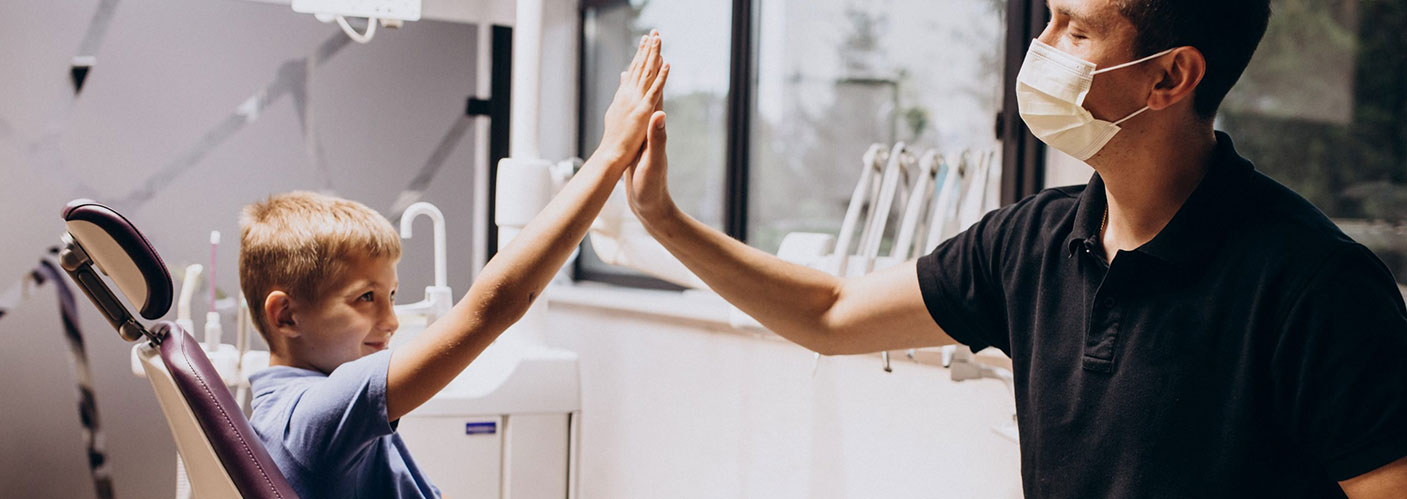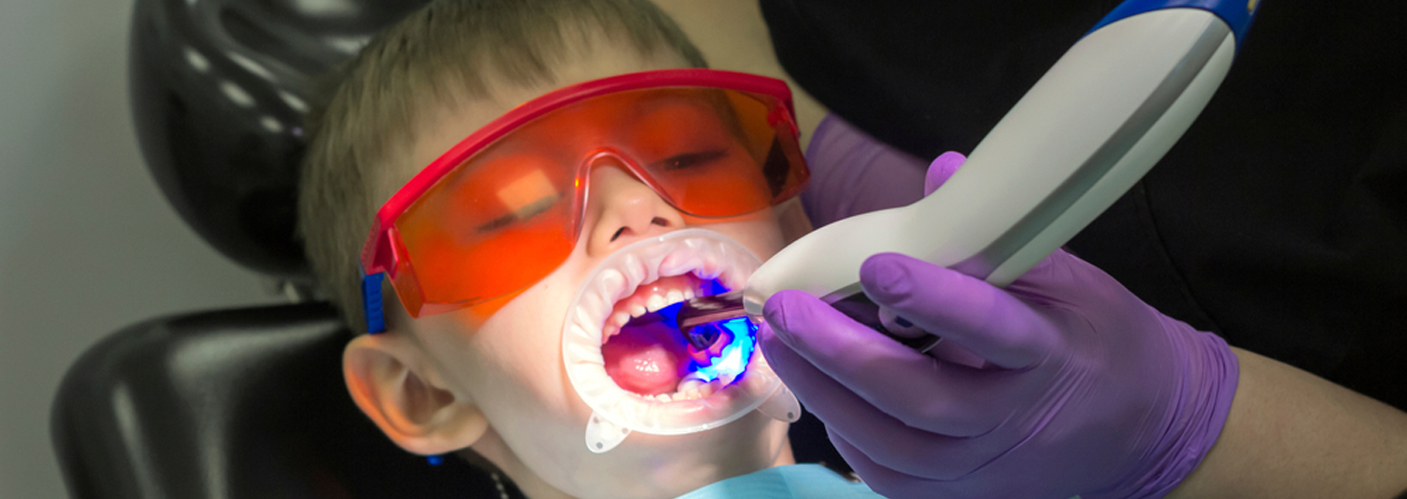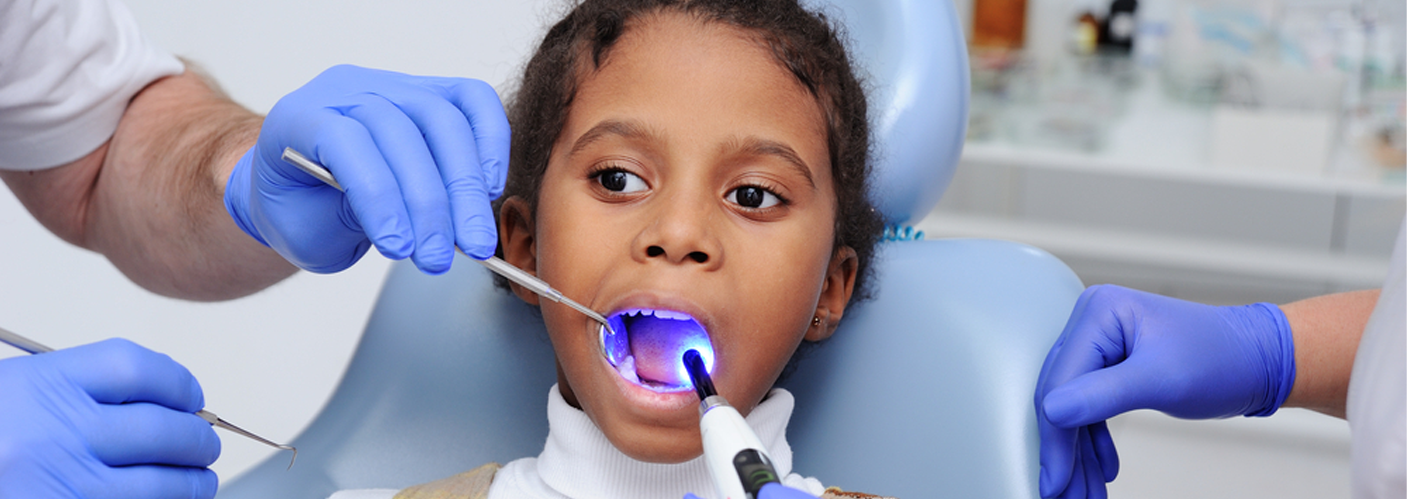As a mom or dad, you want your child to be as safe and pain-free as possible while still letting them have fun. Getting the occasional injury is part of life when growing up – that includes injuries to teeth and gums.
According to a Dental Traumatology study published in 2020, nearly 50 percent of children will experience some kind of tooth injury, so it’s very common and usually nothing to worry about.
In this post, we’ll discuss what dental trauma is, the common causes, and the best treatments at home or with your kid’s dentist.
What Is Dental Trauma?
When children explore the world, it’s only natural that they might have a few bumps and scrapes along the way. When your child hurts his or her teeth, gums, or mouth, we would refer to this as dental trauma.
It could be anything from a cut gum to a cracked or loose tooth. Both the primary teeth (the teeth that your child loses naturally) or their permanent (adult) teeth could be affected by injuries. Thankfully, it’s usually nothing serious with the correct treatment.
What Are The Causes?
As children tend to trip, fall over, and roughhouse with friends or siblings, there are many opportunities for dental trauma to occur. Similarly, sports like baseball, hockey, and skateboarding can cause injuries.
These are the most common causes of dental trauma. Children at play can have minor accidents which cause gums, cheeks, lips, and teeth to get cut, broken, or chipped.
How Do You Identify Dental Trauma?
Trauma to the teeth or gums usually comes from an injury, so it can be quite easy to identify.
Common signs of tooth or mouth injury can be:
- Bleeding – Is the area around the tooth or gums bleeding?
- Cuts – Gums, the inside of cheeks, and lips can split open and become cut through injury
- Sensitivity or pain – Has your child complained when trying to eat ice cream or a warm drink? Do they have trouble biting their food?
- Swelling – Does your child’s face appear swollen or red?
- Tooth Changing in color – especially grey, brown or bluish
- Irritation or Reaction – Little pimple or bump on the gum next to your kids front tooth/teeth
What Can You Do At Home?
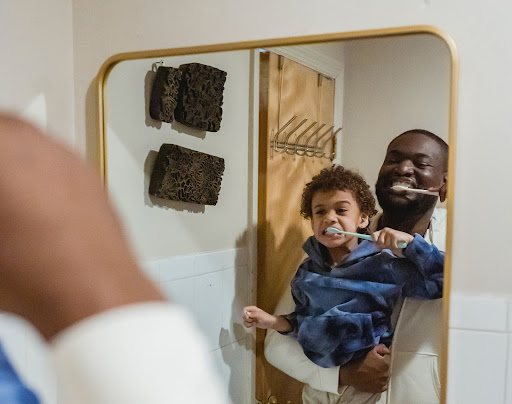
While trauma is best left for your pediatric dentist to check over, there are some measures you can take at home to prevent and treat dental injuries.
Preventative Measures
- Make sure to practice safety when running. Always remind your child never to run or walk with something in their mouth. This is especially important when handling sharp or pointed objects like pencils, pens, or scissors. These can potentially cause puncture wounds in the mouth and gums.
2. Get a mouthguard for children that play sports, making sure it fits correctly. It’s important to check regularly for wear and tear, replacing it every year – or sooner if needed. This keeps teeth protected, but also guards gums and the inside of cheeks from harm.
3. Keep teeth strong with good dental hygiene and a healthy diet. Teach your child to brush their teeth twice a day and limit sugary snacks to special occasions.
When An Accident Happens
- It’s important for a parent to know if the impacted tooth or teeth is a baby tooth or a permanent tooth,as this will affect the treatment plan
- Stop any bleeding with gauze – applying light pressure should stop the bleeding within ten minutes or so
- Hold ice against the sore area to reduce swelling and relieve pain
- Administer children’s pain medication
- Wash out their mouth with warm water to ease the pain, clean the area, and remove blood
- Has their tooth fallen out? Act fast. Save the tooth in cold milk or saline as soon as possible and bring your child to the dentist within 1 hr or accident (timing is of utmost importance).
- Don’t try to move a dislocated tooth on your own – you’ll need a professional to help
When Should You Consult A Pediatric Dentist?
It’s Important you contact your child’s dentist as soon as possible. This needs to be emphasized. Timing and storage medium (for completely avulsed teeth) are the most important factors that will determine the success of treatment
While you can help your child feel comfortable at home after they’ve experienced an injury to their teeth, there’s only so much you’re able to treat without the help from a dentist.
If they have a cracked, chipped, or loose tooth or something that doesn’t seem quite right, contact your dentist to make sure everything looks good. Your dentist can help assess their mouth and create a dental plan for treatment.
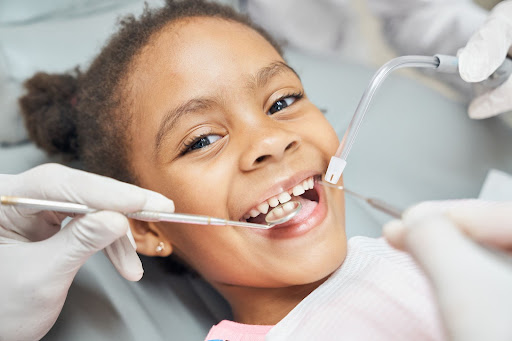
What Next?
Hopefully, you now know what to look for when your child experiences dental trauma. At Children’s Dentistry of Arlington, we offer comfortable, efficient treatments for children including our cutting-edge laser dentistry to treat common issues. To find out more, book an appointment or get in touch with us today.

